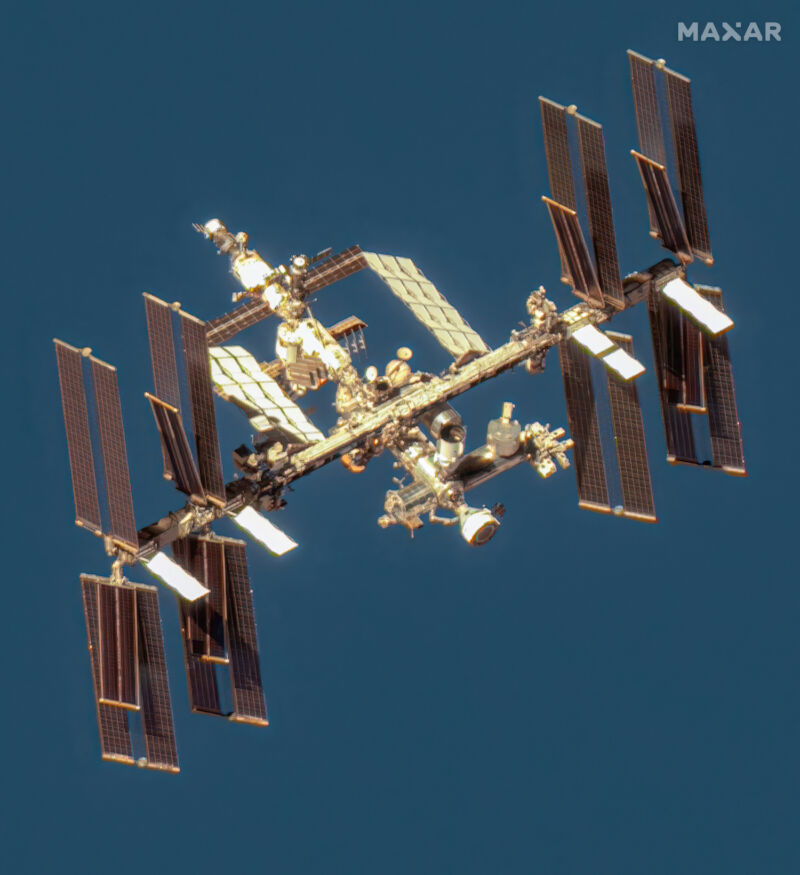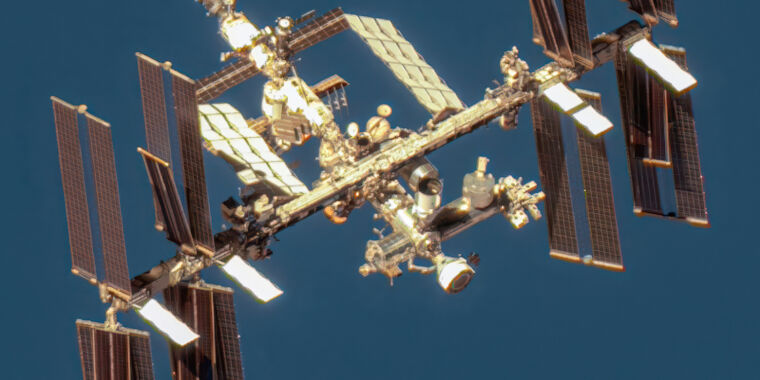The Aging International Space Station: A Closer Look at Current Challenges

The International Space Station (ISS) has been a marvel of human ingenuity and international cooperation since its inception. However, as it approaches its 25th anniversary, concerns about its aging infrastructure are becoming increasingly prominent. Recent reports from NASA’s inspector general have shed light on a critical issue: a leak in a Russian module that poses significant risks to the station’s operations.
The Leak: A Growing Concern
The PrK module, a small tunnel connecting a larger module to a docking port, has been leaking since September 2019. While both Russian and U.S. officials have been aware of the issue, the severity of the leak has escalated in recent months. NASA’s latest findings indicate that the leak rate has surged from less than 1 pound of atmosphere per day to alarming levels of 3.7 pounds per day by April 2024. This increase has raised red flags among space officials, prompting a closer examination of the module’s structural integrity.
Despite extensive investigations, the root cause of the leak remains elusive. NASA’s report highlights that both agencies are focusing their efforts on examining internal and external welds, but no definitive answers have emerged. The uncertainty surrounding the leak’s origin adds to the complexity of managing the ISS’s aging components.
Mitigation Strategies and Risks
In response to the escalating leak rate, NASA has implemented a plan to mitigate risks associated with the PrK module. The hatch leading to the PrK tunnel from the Zvezda module is currently kept closed to minimize the potential for further atmospheric loss. However, if the leak continues to worsen, there is a possibility that this hatch may need to be permanently sealed, which would reduce the number of Russian docking ports on the ISS from four to three.
Publicly, NASA has attempted to downplay concerns about the leak, emphasizing that it remains confined to the PrK module. However, internal assessments have classified the situation as a "5" on NASA’s risk matrix, indicating both a high likelihood of failure and severe consequences for spaceflight activities. This classification underscores the gravity of the situation and the potential implications for future missions.
Collaborative Efforts and Future Outlook
In light of the increasing leak rate, NASA and Roscosmos officials have convened to discuss the situation. Meetings held in May and June 2024 focused on the heightened concerns regarding the PrK module. While Roscosmos has expressed confidence in its ability to monitor the situation, there remains a lack of consensus on what constitutes an "untenable" leak rate. This uncertainty complicates the decision-making process and raises questions about the future of the ISS.
As NASA contemplates the future of the ISS, the agency is also considering its transition to private space stations. With plans to extend the ISS’s operational life through 2028, NASA hopes to push this timeline to 2030. However, negotiations with Russia regarding this extension have yet to yield a formal agreement. The potential shift to private space stations involves partnerships with companies like Axiom Space, Blue Origin, and Voyager Space, but there is skepticism about whether these entities will be ready to take over by 2030.
The Broader Implications of Aging Infrastructure
The challenges facing the ISS are not merely technical; they also reflect broader geopolitical tensions. The partnership between the U.S. and Russia has been strained, particularly in light of recent global events. Extending the life of the ISS beyond 2030 would require significant funding and international cooperation, both of which are uncertain in the current climate.
Moreover, NASA’s budget constraints, inflation, and supply chain challenges further complicate the agency’s ability to maintain and operate the aging space station. The report emphasizes that extending the ISS’s life will necessitate a careful balancing act of resources, risks, and international relations.
As the ISS continues to serve as a platform for scientific research and international collaboration, the challenges it faces highlight the importance of proactive management and innovative solutions in the realm of space exploration. The future of human presence in low-Earth orbit hinges on addressing these pressing issues while navigating the complexities of aging infrastructure and shifting partnerships.
